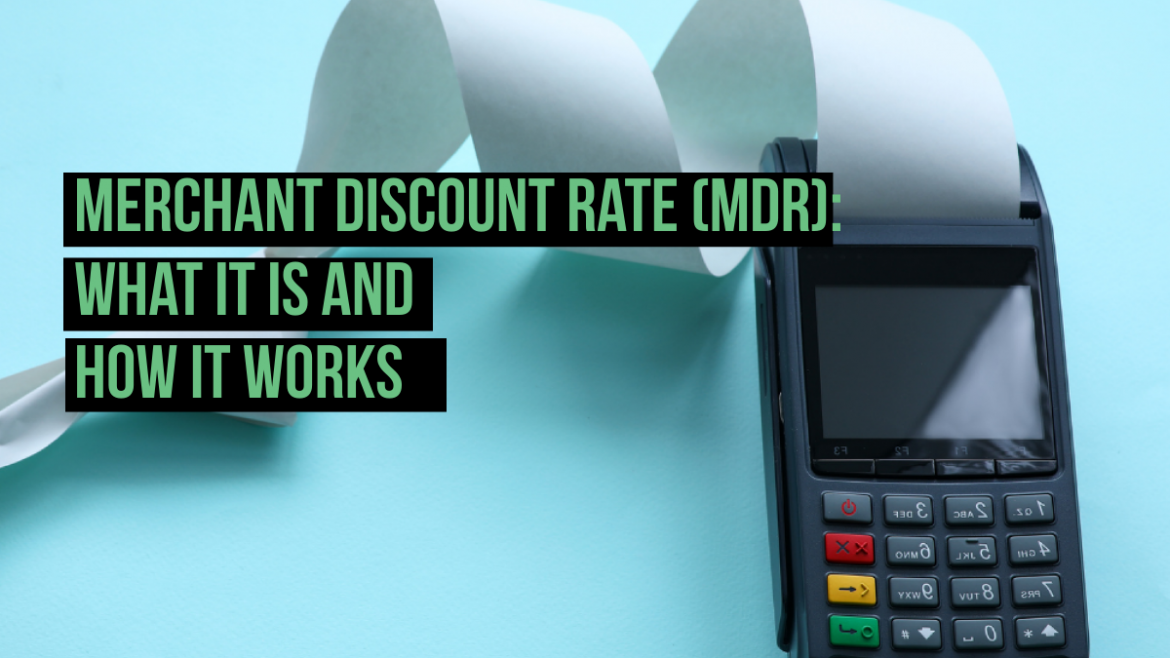As a merchant, you know how important it is to stay on top of new technologies and fees that go into running a successful business. One fee that can have a particularly noticeable impact on your business is the merchant discount rate (MDR). If you’re not sure why these rates are so significant, read on to learn more about how they work.
What is the MDR?
The merchant discount rate is the rate charged to merchants by payment service providers for processing credit and debit card transactions. Before setting up the payment service, the merchant needs to commit to the rate offered by the payment provider.
You can also think of the MDR as a bank fee charged to merchants for taking customer payments through credit and debit cards. As the merchant’s sales increase, the bank can opt to lower these rates. In most cases, the merchant will need to pay a 1% to 3% fee for every transaction.
How MDR Works
Though it’s expressed as a single-digit percentage, the MDR is a combination of several different fees. These include:
• Interchange fee: This is the fee set by credit card networks like Visa and Mastercard. Most interchange fees fall between 1.5% and 3.3%. The exact number will depend on several factors, such as the type of credit card used, your merchant category, and your processing method.
• Assessment fee: Credit card networks charge this fee for using their network. The rate depends on the merchant’s monthly sales volume. Most assessment fees hover around 0.14%.
• Markup fee: This is a negotiable fee that can be split between the entities involved in the transaction. These entities can include the card network, issuing bank, acquiring bank, payment switch provider, and merchant account provider.
Types of MDRs
Merchant discount rates come in several types, depending on how a payment processor calculates them. The three main types of MDRs are:
• Flat rate: Flat rate MDRs are always the same for all transactions of the same type, regardless of the actual interchange fee. For instance, PayPal charges merchants the flat rate of 2.99% for all transactions, no matter which credit or debit card the customer uses. The flat rate MDRs tend to be higher for international transactions than the domestic ones.
• Interchange plus: Interchange plus MDRs are based on the interchange fee for a specific transaction, plus a markup. For example, paying for an in-store transaction with a Visa card could have a different MDR than paying for that same transaction with a Mastercard.
• Tiered: Tiered MDRs are based on the type of card used and how that card is charged. Most tiered structures have three tiers: qualified, mid-qualified, and non-qualified. Each of these tiers comes with an increasingly higher MDR.
If you would like to learn more about MDRs or have any questions about our payment processing services please contact our office at MONA Solutions. You can also reply to this email and one of our representatives will be happy to contact you.

